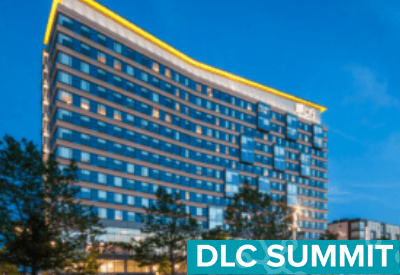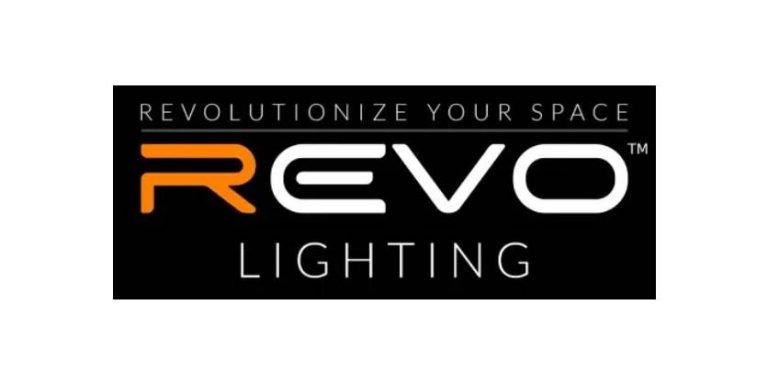DLC Summit Stresses Controls Are Critical for a “Decarbonized Future”

 May 24, 2022
May 24, 2022
Utility executives, energy efficiency professionals, lighting manufacturers and suppliers, researchers and other industry stakeholders convened in Boston for a one-day summit focused on collaboration and innovation to drive greater energy savings, reduce carbon emissions, and increase commercial building intelligence through solid-state lighting.
Hosted by the DesignLights Consortium (DLC), “Lighting the Path to a Decarbonized Future” took place at the Aloft Boston Seaport District. Massachusetts Department of Energy Resources Energy Efficiency Director Maggie McCarey officially welcomed approximately 100 attendees to the DLC’s 2022 Summit Meeting. Other speakers included DLC Executive Director and CEO Christina Halfpenny, DLC staff and representatives of companies such as Consolidated Edison, Boston University, HMFH Architects, Sonepar USA, Lytel, and Arup.
“Summer is still officially a month away, but here in Boston we already have experienced days above 90 degrees. Climate change is here and there is an urgent need to rein it in,” Halfpenny said. “Lighting represents the single largest use of electricity in commercial buildings in the U.S. and is responsible for about six percent of global greenhouse gas emissions. [This] meeting is about the vital role smart, efficient, connected lighting can and must play in our decarbonized future.”
The summit is happening as the first generation of LED fixtures, installed a decade or more ago, are reaching the end of their usefulness and are being replaced by next generation LEDs that can significantly increase energy savings and enable smart building functions. A 2020 study by the DLC and Northwest Energy Efficiency Alliance (NEEA) illustrated that those benefits are greatly enhanced if LEDs are paired with controls. The study found that adding networked lighting controls (NLC) to LED lighting projects yields additional energy savings of nearly 70 percent for some building types, averaging 49 percent across various building categories.
Since LED fixtures installed today may last another decade, it is critical that new LED installations are combined with controls from the outset. Otherwise, building owners and managers risk sacrificing both the increased energy savings and the occupant comfort, security, and well-being enabled by advanced controls.
For more information on the DLC Summit, click here









